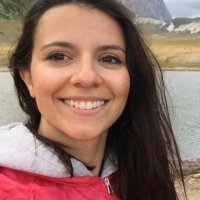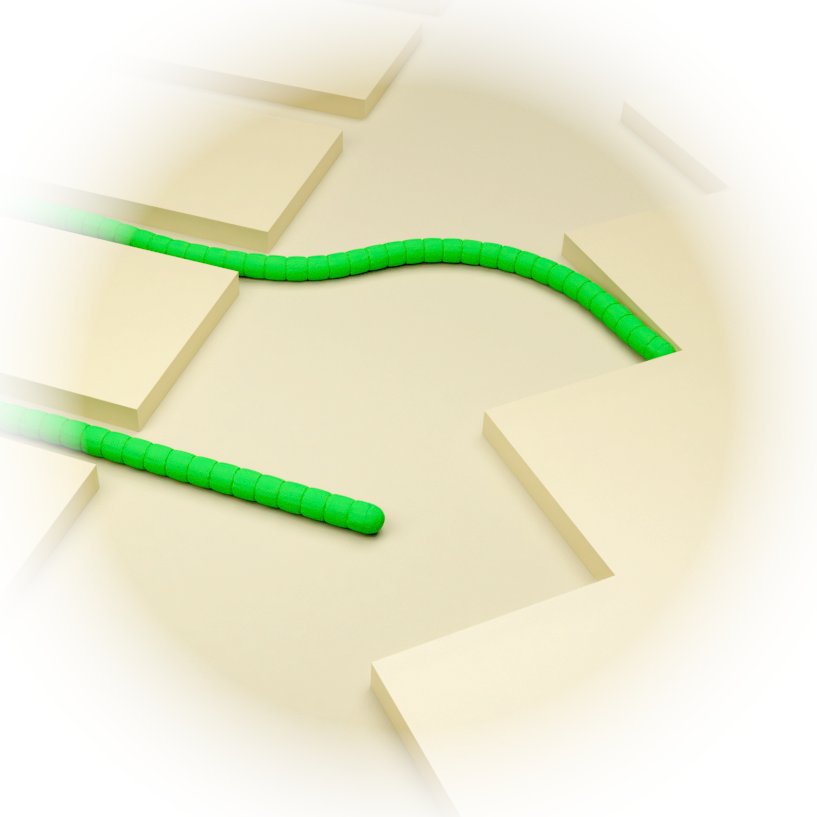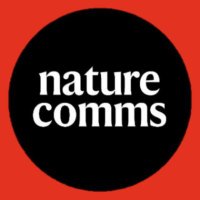
Leila Abbaspour
@lei_la_
Postdoc in @LivMatPhys, Max Planck Institute for Dynamics and Self-Organisation.
ID: 794564905286430721
04-11-2016 15:40:10
37 Tweet
180 Followers
217 Following





We congratulate our #mattertolife PhD graduate Leila Abbaspour for successfully defending her #phdthesis “Dynamics and Self-organization of Crowded Active Systems”! 🎓🎉 Leila completed her doctorate at Uni Göttingen under the supervision of Stefan Klumpp 👏


Leila Abbaspour Rituparno Mandal Active matter exhibits long-range velocity correlations without explicit interactions that align velocities. Here we show (using simulations and analytical arguments) that the same happens in passive matter if it is doped with a small fraction of active particles.


Can an active dopant induce long-range velocity correlations in passive matter?This is the intriguing question we explore in our latest research paper.Rituparno Mandal Stefan Klumpp Check out arxiv.org/abs/2302.13131

Interested in #3Dprinting, #Rheology, and #FluidMechanics ? Our new Journal of Fluid Mechanics article is out today, explaining the deposition of a viscoplastic filament on a surface. we show how yield stress determines the final shape of the printed filament. cambridge.org/core/journals/…

Exciting news! Our paper on how directional reversal affects pattern formation of active filaments is out now in Physical Review Research . Check it out for more information! journals.aps.org/prresearch/abs…. Special thanks to Ali Malek, Stefan Karpitschka and Stefan Klumpp Max Planck School Matter to Life



Excited to share our latest work on the captivating "Interfacial activity dynamics of confined active droplets" now published Journal of Fluid Mechanics A great collaboration with ASM group, Arnold Mathijssen, and Mitya Pushkin. cambridge.org/core/journals/… Physics of Fluids @ UTwente Max Planck Society

Now online: We quantified the gliding forces of filamentous cyanobacteria by self-buckling experiments in microfluidic devices, which led to valuable insight into the still unsolved gliding mechanism. doi.org/10.7554/eLife.… eLife - the journal MPI-DS Göttingen


🦠🧫 Einige Arten von Cyanobakterien bewegen sich in fadenförmigen Strukturen fort. Ein Team vom MPI-DS in Zusammenarbeit mit Uni Göttingen Universität Konstanz und Universität Bayreuth hat nun diesen Mechanismus genauer untersucht: 👉 ds.mpg.de/4058389/240614… Maximilian Kurjahn



Leila Abbaspour Now published here: doi.org/10.1038/s42005…


Hot off the press: In a collaboration between Stefan Karpitschka's group and several people from Living Matter Physics, we show how filament motility, reversals at illumination boundaries and filament interactions work together to create emergent structures. Leila Abbaspour Ramin Golestanian MPI-DS Göttingen

